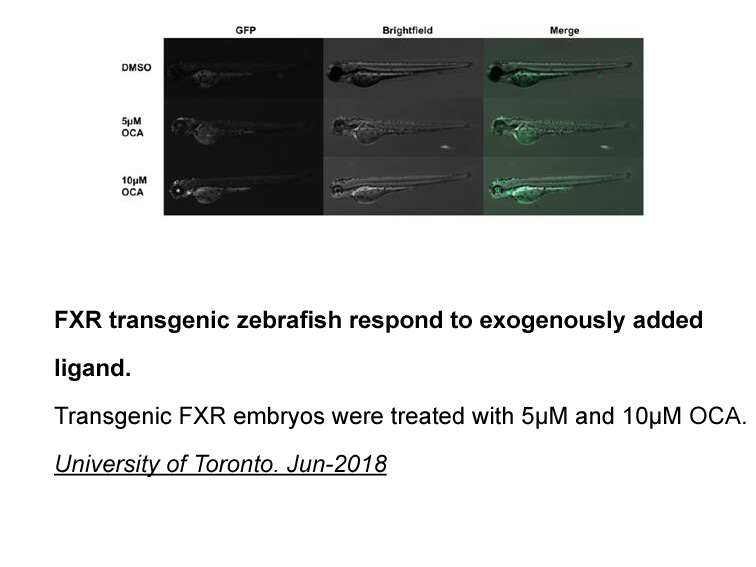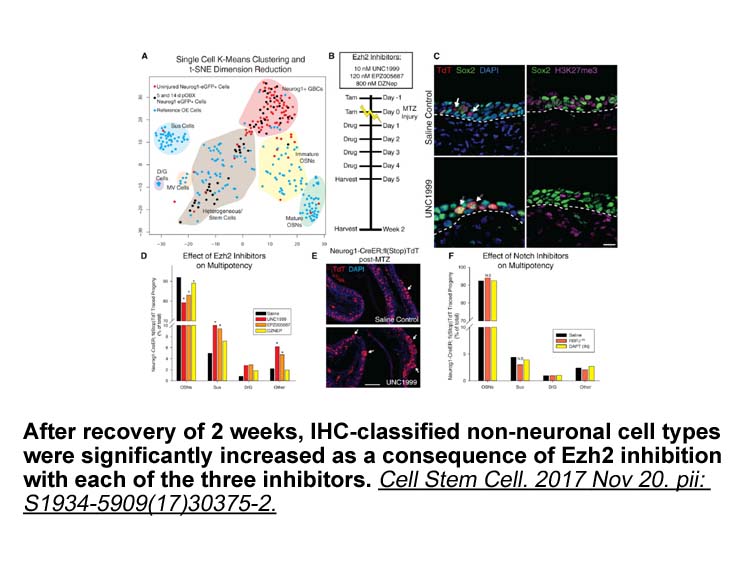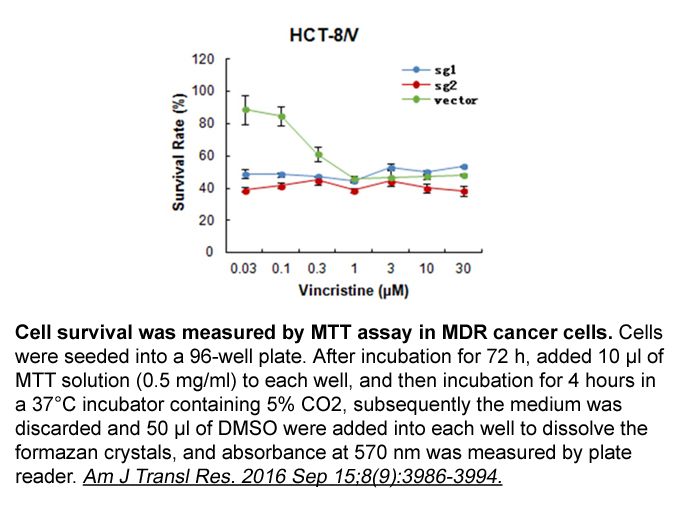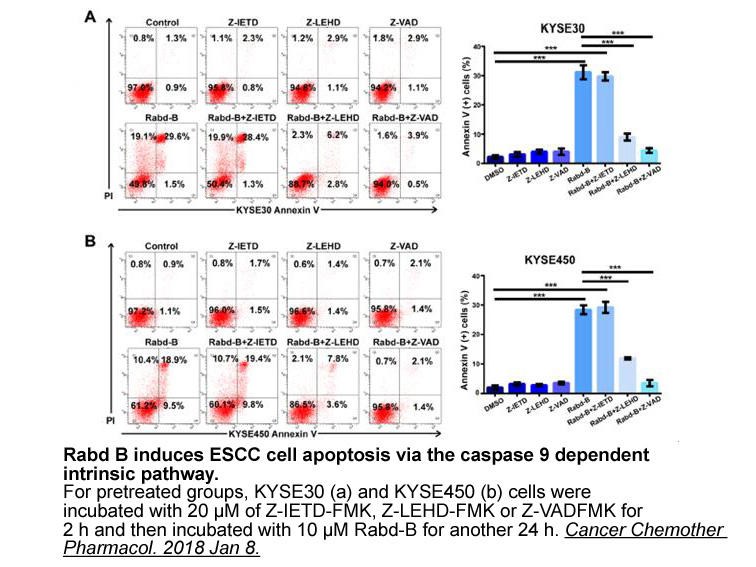Archives
- 2025-11
- 2025-10
- 2023-07
- 2023-06
- 2023-05
- 2023-04
- 2023-03
- 2023-02
- 2023-01
- 2022-12
- 2022-11
- 2022-10
- 2022-09
- 2022-08
- 2022-07
- 2022-06
- 2022-05
- 2022-04
- 2022-03
- 2022-02
- 2022-01
- 2021-12
- 2021-11
- 2021-10
- 2021-09
- 2021-08
- 2021-07
- 2021-06
- 2021-05
- 2021-04
- 2021-03
- 2021-02
- 2021-01
- 2020-12
- 2020-11
- 2020-10
- 2020-09
- 2020-08
- 2020-07
- 2020-06
- 2020-05
- 2020-04
- 2020-03
- 2020-02
- 2020-01
- 2019-12
- 2019-11
- 2019-10
- 2019-09
- 2019-08
- 2019-07
- 2019-06
- 2019-05
- 2019-04
- 2018-07
-
Guanabenz Acetate: Precision Modulation of α2-Adrenergic ...
2025-10-23
Leverage Guanabenz Acetate as a selective α2-adrenergic receptor agonist to dissect GPCR signaling and stress granule biology in neuroscience and immunology research. This guide details experimental workflows, advanced applications, and troubleshooting strategies for integrating Guanabenz Acetate into receptor signaling, antiviral, and neuroimmune studies. Discover how this GPCR signaling modulator uniquely positions your lab at the forefront of translational research.
-
Wortmannin: Selective PI3K Inhibitor Empowering Advanced ...
2025-10-22
Wortmannin stands apart as a benchmark selective and irreversible PI3K inhibitor, enabling precise dissection of PI3K/Akt/mTOR and autophagy pathways in cancer and viral research. Its dual-action profile and robust performance streamline experimental workflows, offering researchers unmatched specificity and reliability for both in vitro and in vivo models.
-
7ACC2: Targeting Lactate Transport and Immunometabolism i...
2025-10-21
Explore how 7ACC2, a carboxycoumarin MCT1 inhibitor, uniquely reprograms cancer cell metabolism and immune responses. Delve into cutting-edge research on lactate transport inhibition and its implications for tumor progression and therapeutic innovation.
-
Protein A/G Magnetic Beads: Next-Gen Tools for Targeted A...
2025-10-20
Explore how Protein A/G Magnetic Beads enable high-efficiency antibody purification and transformative applications in translational oncology. This article delves into their unique dual Fc-binding mechanism, rigorous assay performance, and emerging roles in dissecting the molecular basis of cancer stem cell resistance.
-
Pomalidomide (CC-4047): Precision Engineering the Tumor M...
2025-10-19
Explore how Pomalidomide (CC-4047), a leading immunomodulatory agent for multiple myeloma research, uniquely enables mechanistic dissection of cytokine modulation, erythroid differentiation, and the tumor microenvironment. This comprehensive guide offers advanced scientific perspectives beyond standard protocols.
-
VX-765: Selective Caspase-1 Inhibitor for Inflammation Re...
2025-10-18
VX-765 empowers researchers to dissect caspase-1-driven inflammation and pyroptosis with unprecedented specificity, targeting IL-1β and IL-18 release without off-target cytokine effects. Its robust protocol flexibility, relevance to both autoimmune and infectious pathologies, and seamless integration into advanced cell death studies set it apart as a foundational tool for translational inflammation research.
-
Liproxstatin-1: Potent Ferroptosis Inhibitor in Translati...
2025-10-17
Liproxstatin-1 stands out as a potent ferroptosis inhibitor with nanomolar efficacy, providing unmatched precision in dissecting iron-dependent cell death pathways. Its ability to robustly inhibit lipid peroxidation and protect GPX4-deficient cells underpins advanced workflows in renal, hepatic, and cancer research, setting a new benchmark for experimental reliability.
-
Unlocking the Next Frontier in Gene Delivery: Mechanistic...
2025-10-16
Discover how Lipo3K Transfection Reagent is redefining high-efficiency nucleic acid transfection for translational researchers. This in-depth article integrates the latest mechanistic insights—such as targeting ferroptosis in drug-resistant cancer—and provides strategic guidance for experimental validation, all while positioning Lipo3K as the premier lipid transfection reagent for challenging cell models. Explore how this discussion goes far beyond standard product reviews, offering a visionary outlook for the future of gene expression and RNA interference research.
-
Purification of Rv c In order to
2023-07-05

Purification of Rv2477c. In order to investigate the catalytic capabilities of Rv2477c, we expressed the protein as an N-terminal histidine-tagged fusion protein in E. coli BL21 cells and purified the protein by cobalt-affinity chromatography. As shown in Fig. 2A, the 65 kDa fusion protein was expre
-
br ACL Regulation and Role in Lipid Metabolism ACL is
2023-07-05

ACL Regulation and Role in Lipid Metabolism ACL is a ubiquitous enzyme at the nexus of nutrient catabolism and synthesis of cholesterol and fatty acids. In mammals, it is highly expressed in lipogenic tissues including adipose, liver, and lactating mammary glands [9]. In the presence of ATP and C
-
Fourth non canonical sites may be targeted Classical
2023-07-05

Fourth, non-canonical sites may be targeted. Classical benzodiazepines require the presence of a γ subunit for high-affinity binding, which limits their activity to a specific large pool of receptor isoforms, leaving other isoforms unaffected. In particular, δ subunit-containing receptors, as well a
-
The following are the supplementary
2023-07-05

The following are the supplementary data related to this article. Competing interest Ethics approval and consent to participate Authors' contributions Acknowledgements The authors thank Dr. D. R. Kaplan for kind advice and materials derived from NB primary cell lines, Dr. F. D. Miller f
-
A different mechanism has been suggested for the role of
2023-07-05

A different mechanism has been suggested for the role of TRX1 in ASK1 regulation based on disulfide bond-mediated ASK1 multimerization and its reduction through the thiol-reductase activity of TRX1 (Nadeau et al., 2007, Nadeau et al., 2009). In this model, oxidative stress induces intermolecular dis
-
Plant defensins Vriens et al and linear AMPs Domingues
2023-07-05

Plant defensins (Vriens et al., 2014) and linear AMPs (Domingues et al., 2015, Liu et al., 2008) have been shown to present several modes of action. Among these different mechanisms, permeabilization of the fungal membrane has been described as a secondary effect of plant defensin action (Vriens et
-
Second the phosphorylation events e g Thr and Ser
2023-07-05

Second, the phosphorylation events (e.g., α-Thr172 and β-Ser108) needed for AMPK activation by small molecules binding at the ADaM or other sites remains unclear. Within the β-GBD, phosphorylation of β1-Ser108 was shown to be required for the activation by small molecules binding in the ADaM site, s